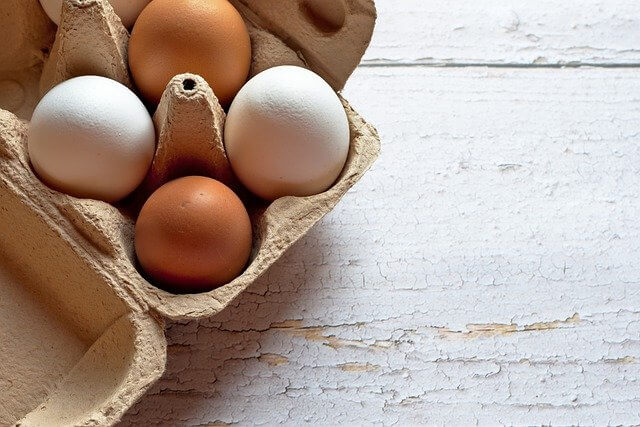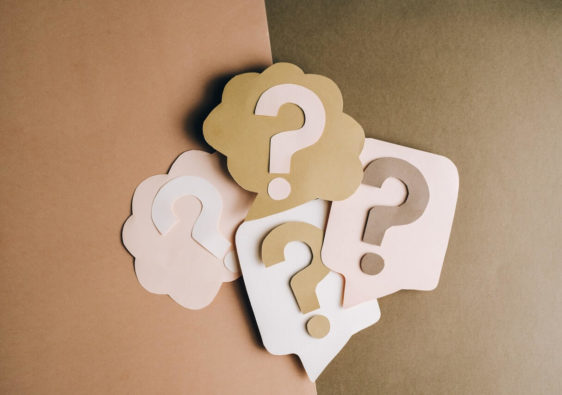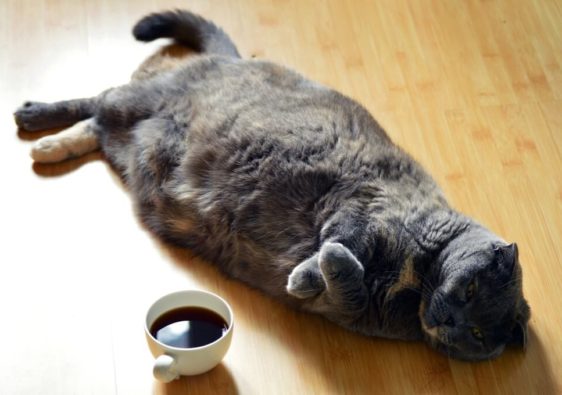How do you get into ketosis without following the keto diet but most importantly, how long does it take?
In this article, I describe the 4 strategies I used to reach the state of ketosis and how long it took me to get there.

WHAT IS KETOSIS
Ketosis happens when your body does not have enough carbohydrates and must burn fat for energy. It is a metabolic state in which the body switches from burning glucose (sugar) to burning fat.
For this to occur, the carbohydrate intake must be significantly low. The body always uses glucose as its primary energy source. It will only switch to fat-burning when glucose/glycogen levels become depleted. Ketones, made from stored body fat and from the fat you eat, are used as an alternative energy source in place of glucose (sugar). The liver converts fat into ketones and thus provides sufficient energy for the brain and other organs.
The most important thing to reaching nutritional ketosis is to deplete glycogen stores. The body will not burn fat if there is sugar available.
WHAT ARE THE BENEFITS
- State of ketosis helps suppress appetite (1)
- People often report reduced hunger and eating less often when in ketosis, which leads to overall weight loss (2)
- Being in ketosis also leads to improved insulin sensitivity which is crucial for anyone with type 2 diabetes or prediabetes, as low carbohydrate intake reduces insulin secretion.
As this article points out, the ketogenic diet was first used in 1921 by Russel Wilder to treat epilepsy in children.
EXPERIMENT
I do not follow the ketogenic diet consistently. I do it periodically to achieve metabolic flexibility. The longest I stayed in ketosis was ten months, in 2020, when I decided to rely on ketosis to help me keep things in check and not gain weight.
I use ketone sticks despite them not being the most accurate method. The sticks still tell me whether my body is in or out of ketosis. Most importantly, I can do it without drawing blood with a blood meter. Moreover, ketone sticks are also the most affordable tool.
I honestly believe everyone should know how to get into ketosis and let their body use fat for fuel for a while instead of constantly relying on sugar.
MY 4 TESTED METHODS
1. EXTENDED FAST
The first time I experienced the state of ketosis was when I was following a high carb diet (ironically) and started experimenting with prolonged or extended fasting, longer than 24 hours. I read a lot about it, and naturally, I was eager to experience it and test the theory. At the time, I was not willing or prepared to commit to a ketogenic diet. After all the dieting I did in the past, I was adamant not to follow another diet again.
Learning that I could reach ketosis if I committed to a long enough fast, I wanted to see whether this was true. Pleased that all that was required was to pee on a ketone stick, I decided to fast and measure until I reached ketosis, no matter how long it would take.
It took me about 30 hours of clean fasting for the stick to finally turn pink. That was a clear indication of ketones in the urine.
The next time I deliberately ate sugar (chocolate bar) as my last meal, all in the name of science, and reached ketosis at around 30 hours.
2. LIQUID FAT FAST

As I learnt more about fasting and the role of insulin, I was brave enough to experiment with fats. I say brave because if you are like me and for years believed fat makes us fat and a low-fat diet is an answer to weight loss, then you know “brave” is the right word to use here.
What gave me the final push to try adding fats to my coffee was reading The Bulletproof Diet, a book by Dave Asprey. The appealing part was having some calories and still reaching ketosis without committing to the ketogenic diet.
I decided to put together my fat fasting plan that only included liquids. Being allowed to eat a few calories has encouraged me to extend my usual 36-hour fast to 72 hours.
I wouldn’t restrict my diet before the experiment. I wanted to find out how long it would take me to reach ketosis relying purely on my strategy. I drank coffee with butter and coconut oil 2-3 times per day. You can read my 4-day fat fasting experience here. I used a new set of ketone sticks and waited.
On day 2 of the fast, I was in ketosis. I found it incredible. As hoped for, I felt significantly less hungry, my appetite became reduced, and overall I found it a pleasant experience. I lost weight whilst in full fat-burning mode.
Anyone who ridicules fat coffee is missing out.
I organised a fat fasting group on Instagram where people reported some impressive results. Testimonials are on my Instagram page.
3. EGG FAST

Then came the egg fast. At this point, I was eating pretty low carb, although still refusing to commit to any diet.
In my opinion, eating eggs regularly as my fast breaker meal, drinking butter coffee, increasing my fat, decreasing carbs has made this experiment pretty easy.
I extended the initial 3-day egg fast to 9 days.
I tried the ketogenic diet several times (on and off). I noticed many people following the ketogenic diet using an egg fast to get back into ketosis or to use it to break through a weight-loss stall. The part that convinced me was that the recipes consisted of egg pancakes, egg bread, egg and cheese chalupa, and plenty of other yummy foods.
I wanted to see if eating this way would get me into ketosis, how long would it take and, how would it make me feel. The first time trying it, I was already in ketosis. The second time was to monitor how long it would take me to get into ketosis.
I reached ketosis within three days.
In conclusion, an egg fast is a speedy way of getting into ketosis if
- you like eggs
- you want a simple plan
- you have a limited budget
You can read about my 9-day experience, how much weight I lost and what I ate here.
4. LOW CARB DIET
The one method I have never tried was eating a low carb diet. Although egg fast is very low carb, it deserves a separate category due to the limited choices.
This time, I also planned to stay in ketosis for about five weeks by following the ketogenic diet.
I devised a plan, which was a combination of fat-fasting and egg-fasting. I decided not to water fast this time. The day before my experiment was my birthday celebration. I lost count of the number of cakes I received and ate. If you know Dunn’s bakery, you have an idea of what I mean.
From what I read, people generally reach ketosis within 4-6 days of eating a low carb diet. It can take a week or longer for some. Having followed the intermittent fasting lifestyle for many years now, I hoped to reach ketosis sooner rather than later.
It took me 3 days to measure ketosis.
MY STRATEGY CONSISTED OF THESE STEPS:
FASTED TRAINING
The day after my celebration (and sugar overload), I went to the gym for 45 minutes of cardio and 15 minutes of kettlebell training to help my body burn some extra sugar.
MCT OIL
I also invested in a quality C8 MCT oil (which deserves a separate blog post) to add to my morning coffee. It should help condition the liver to create ketones and provide fast energy.
Most mornings, I had a teaspoon of MCT together with 1-2 teaspoons of butter and 1-2 teaspoons of virgin coconut oil.
MEAL PLAN
I selected a few meals I knew were very low carb and repeated those until I reached ketosis. I used the Groundhog day diet principles.
My meals for the first few days consisted of:
- my beloved kefir,
- scrambled eggs in butter with some cheese,
- beef burgers,
- fatty fish for some healthy Omega fats,
- and I also had some (more than some, if honest) peanuts.
I measured ketosis on Day 3 without counting macros or calories.
I trained at the gym each day (not cardio). I would not fast because I started the day with keto coffee then waited for my first meal later in the afternoon.
Something else to mention is that I did not experience any symptoms of the keto flu, which I put down to metabolic flexibility. My body knows how to burn sugar and fat when sugar is unavailable. It is incredibly satisfying knowing how your body works and reacts under different conditions.
SUMMARY
- fasting is always the quickest foolproof method to reach ketosis, typically within 24-36 hours
- the runner up is modified fasting (with fats) took me 2 days
- followed by an egg fast within 2 – 3 days and
- the longest but with the most choice and calories was following a ketogenic meal plan within 3 days
You can speed up the process by doing intermittent fasting regularly, eating a diet low in carbs for an extended period, exercising and getting your body used to fats.
I’m hoping this would give you an idea of what to expect and encourage you to get deeper into fat burning. Of course, remember that the mentioned results are based on my experience.



